Behind the Scenes of the New Gastro Obscura Book
It’s out today!
This article is adapted from the October 9, 2021, edition of Gastro Obscura’s Favorite Things newsletter. You can sign up here.
In 2017, I joined Atlas Obscura. Gastro Obscura did not yet exist, and I was given the dreamy job of assembling a team and launching a quirky new food publication. Ever since, our crew of food nerds has tried to share the wonder and curiosity we feel when learning about the history, culture, and surprising stories behind how we eat and drink.
From day one, our grand ambition was to publish a book. Like the Atlas Obscura book, it would be big and beautiful and take readers around the world. And as you probably know (from our many announcements!), that book is out today.
The book is titled Gastro Obscura: A Food Adventurer’s Guide, and I’m holding it right now. You can order it online, or find it in most bookstores.
Today, though, I’d like to invite you into the kitchen and introduce you to the many cooks behind this project. That’s because in addition to the book’s co-authors—the writer and novelist Cecily Wong and Atlas Obscura co-founder Dylan Thuras—the entire Gastro Obscura team contributed, along with talented freelance writers. And working in this crowded kitchen was both a challenge and a delight. Let’s hear from the team.
What is your favorite contribution to the book—or your favorite part of the book?
Cecily Wong: I love the spread on Victorian table utensils and etiquette. Mustache cups! Celery vases! Ice cream forks! Each item has an amazing story.
Rachel Rummel: The Ramos Gin Fizz. Despite being wildly inconvenient to prepare (it’s hand-shaken to a near-whipped state), this silky, floral cocktail outlasted Prohibition and continues to thrive in New Orleans. Also, the entry was beautifully illustrated in the book. The near-mythic fluffiness really comes through.
Sam O’Brien: I loved learning about fruits, vegetables, and legumes that taste like other foods—peanut butter, chocolate, ice cream … Yes, cooking can unlock a world of flavors, but nature offers a diverse and surprising menu on its own! Everyone on the Gastro team now has a Botanical Bucket List. It’s basically a race to see who can track down the peanut butter fruit first.
Dylan Thuras: One of my favorite contributions was learning and writing about the history of presidential cheese. The idea of the White House being just SULLIED by cheese is so funny to me. I also really enjoyed learning about beer brewing in North Korea and am desperate to try some of the steam beers brewed there—it’s a pretty specific style of brewing!
Anne Ewbank: If there’s one thing I love more than food, it’s prehistoric megafauna. And if you turn to page 358, you’ll learn about lestodons. These two-to-four-ton sloths loved the fatty avocado, and even engaged in a little casual genetic engineering, turning them into the larger fruits we now know through the simple technique of eating avocados, passing them through their huge digestive systems, and pooping out seeds across Central and South America.

What’s one thing you ate or drank while working on Gastro Obscura that you just did not like?
Cecily: Perhaps the most surprising discovery was that I like Jeppson’s Malört, which is considered one of the worst liquors in the world (even by the people who make it!). Something I did not like was chocolate hummus. This is not in the book, but hummus should not be made with chocolate.
Dylan: I recently tried what I would call “a tongue drug,” an herb known as gymnema sylvestre. It robs everything you taste of its sweetness. So it makes a great beer taste like garbage. Honey tastes like glue. It was an amazing experience to see what a world without sweetness would be like. The answer is NOT GOOD AT ALL.
Anne: 1950’s businessmen were known for keeping scotch in their desk, but Sam O’Brien proudly displayed a bottle of Malört on top of hers. For research purposes, because no one would drink Malört for pleasure. [Ed. note: See Cecily’s answer.] I still remember the taste sometimes and shudder.
Sam: Jeppson’s Malört was an … intense experience. I remember someone saying that drinking wormwood-flavored liquor was like having an angry ghost trapped in your throat. But if a Chicago resident offered me a shot, I wouldn’t turn it down. You don’t want to be rude.
How the Sausage Got Made
It’s a cliché that no one wants to know how the sausage gets made. But I’ve never believed that! Gastro Obscura even has an article series called How the Sausage Gets Made. So here are four inside looks into making the book.
- For 2+ years, the Gastro book team met every Tuesday to review progress on the book. Tuesday was also falafel and bubble tea day in the office. Why falafel? Because it was the cheapest lunch in our neighborhood of Greenpoint, Brooklyn. Why bubble tea? Our CEO at the time, David Plotz, was obsessed. The meeting’s thoughtful silences were punctuated by the gurgles of slurping our last tapioca pearls.
- The challenges of making a book like this are a bit unique. With the Atlas Obscura book, the first draft had too many ossuaries. The first draft of the Gastro Obscura book, on the other hand, had too many foods that were also aphrodisiacs.
- Pre-pandemic, three office dogs provided comfort, guidance, and distraction: Garbanzo, Elwood, and Ted. See Garbanzo hard at work in the above photo.
- The book includes dishes, drinks, and stories from 115 countries, plus Antarctica. But the real challenge was our goal of representing every state in the USA. We got there! But with respect to President Biden, Delaware proved a challenge.
What’s your favorite memory from making the book?
Cecily: While writing about the Sourtoe cocktail, Dylan got me a copy of the self-published “au-toe-biography” by Captain Dick, the man behind the incredible tradition of drinking a cocktail garnished with a severed human toe. It was the most fun extracurricular reading I think I’ve ever done. I also loved when the whole Gastro team did a Tim Tam Slam; it’s harder than it sounds!
Marc Haeringer: Seeing Cecily on a Zoom call wearing a hat fashioned from layouts of the book.
Rachel: I applied to the first Gastro Obscura fellowship using a writing sample about Vietnamese egg coffee, which ended up in the Asia chapter. I couldn’t have known at the time, but my travels ended up part of the book.
Anne: Seeing the first mock-up pages was such a thrill. We had already been working on the book for two years at that point, and that was when it started to seem real.
Gastro Obscura covers the world’s most wondrous food and drink.
Sign up for our regular newsletter.



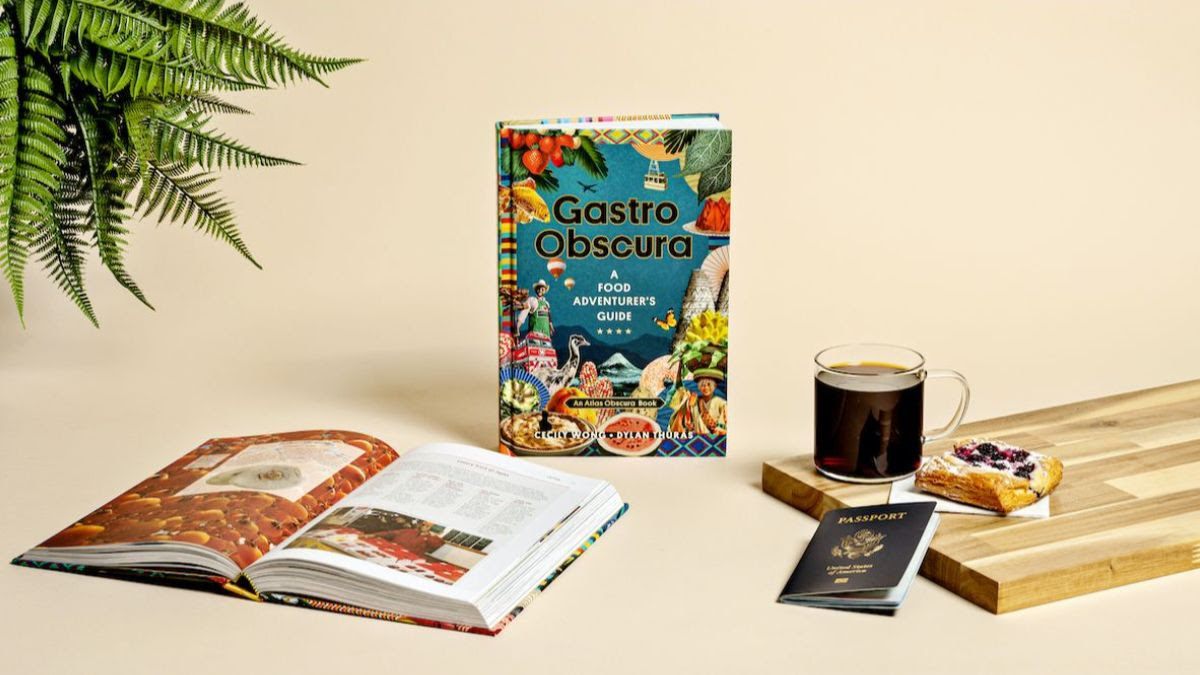

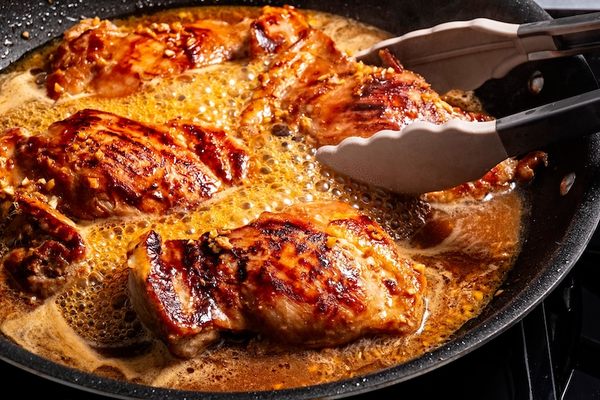

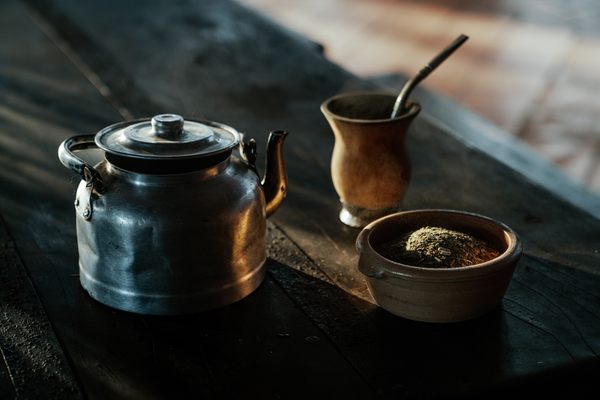















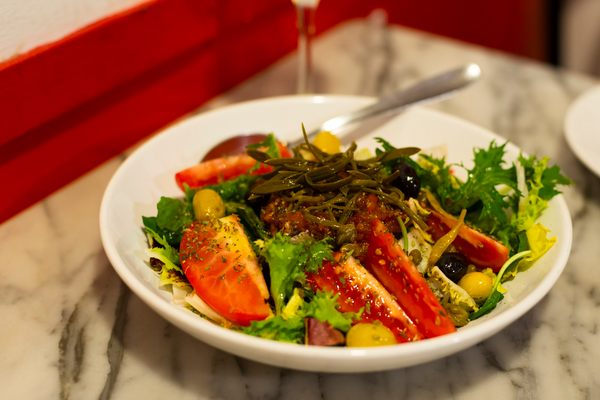
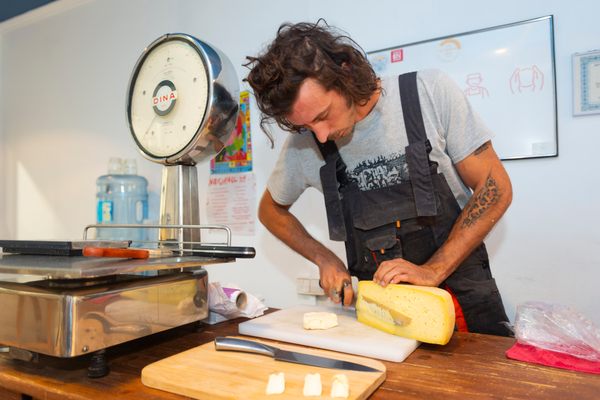

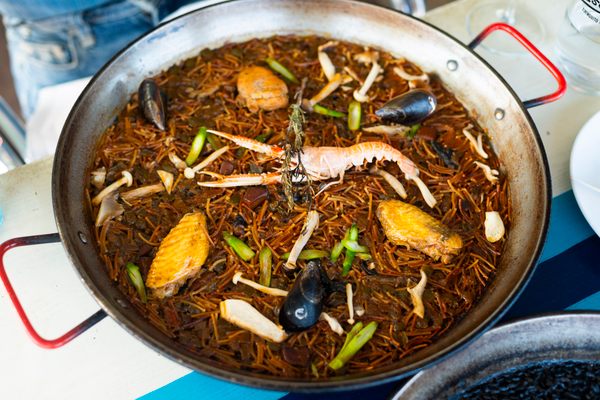


Follow us on Twitter to get the latest on the world's hidden wonders.
Like us on Facebook to get the latest on the world's hidden wonders.
Follow us on Twitter Like us on Facebook